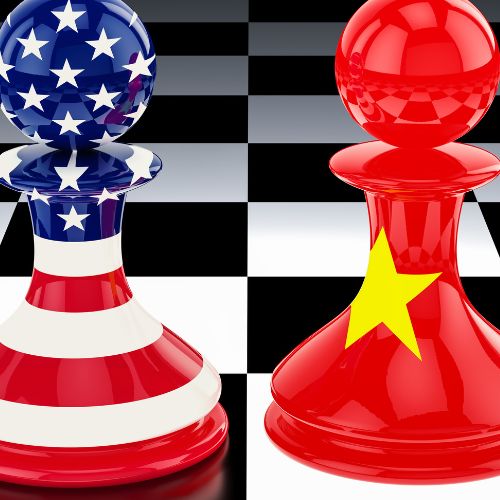Logo Brújula

Global Trade War: Regional Impact and Opportunities for B2B Companies
The escalating trade war between the U.S. and China—marked by tariffs as high as 145%—is reshaping the global economic landscape. While it poses significant risks, it also unlocks strategic opportunities for B2B companies across key regions.
Regional Breakdown
APAC: Resilience and Supply Chain Realignment
China posted a surprising 5.4% GDP growth in Q1 2025, surpassing expectations. However, new U.S. tariffs could slow its momentum. Vietnam, Indonesia, and Malaysia are emerging as alternative production hubs, offering opportunities for B2B firms seeking to diversify supply chains.
North America: Industrial and Consumer Pressure
Tariffs in the U.S. are triggering market uncertainty and escalating tensions with China. Key industries like automotive and tech face rising costs and potential Chinese retaliation. B2B companies must brace for a potential dip in demand and adopt diversification strategies.
LATAM: Opportunities Amidst Tension
Latin America has the potential to position itself as an alternative supplier for both powers. Agroindustry and mining sectors could boost exports. Still, the region must monitor market volatility and fluctuations in commodity prices.
EMEA: Europe Caught in the Middle
Europe is trying to maintain balanced trade relations with both the U.S. and China. The EU aims to shield its industrial base while avoiding collateral damage. B2B firms must adapt to changing trade policies and explore emerging markets.
What Does This Mean for Your B2B Business?
- Strategic Adaptation: Review and adjust supply chains to mitigate potential risks.
- Market Diversification: Explore new opportunities in regions less impacted by trade tensions.
- Constant Monitoring: Stay informed about trade policy shifts and tariffs that could impact your industry.
Conclusion
The global trade war marks a turning point in international economic relations. B2B companies that move with agility and foresight can turn challenges into competitive advantages.





